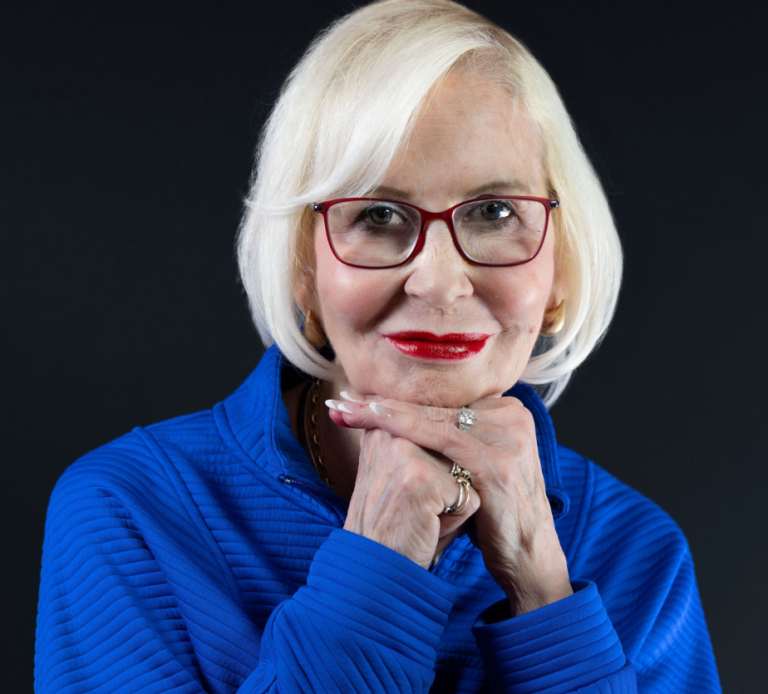About Dr. Karyne E. Messina
Psychoanalyst. Author. Podcast Host. Glass Blower.
Identification with another person begins in infancy when children psychologically absorb various characteristics of their parents. This process is part of typical personality and character development. While this process continues throughout life, the critical formation period is between twelve and eighteen years old, when adolescents explore who they are, what they want to do in life, and what matters to them.
This idea led me to believe we are all the result of what we have experienced up to this very moment in time, a thought I concluded during my childhood. It is a concept that helped me come to understand what it means to form and maintain a personal identity and what it means when it is taken away--and this is a major message in my latest book, Barbie and the Great American Identity Crisis: The unfortunate reality of a nation plagued by racism, patriarchy, and stark hypocrisy.
I've spent most of my professional life as a psychologist and psychoanalyst, and now, as an author. In each endeavor, I speak with people to help them better understand themselves, their inner worlds, and what they want to achieve and accomplish. In this process of interpersonal engagement, I've had the good fortune of learning a great deal about those who I have encountered, as well as myself, which has solidified my understanding of the concept of a personal "identity," an achievement that is essential for people to thrive in life.
I believe my identity as a strong and confident woman emerged because I grew up in a safe world in the Florida Keys with parents who loved me unconditionally. It was a place where I could explore what intrigued me, including people who had found their way to my parents' restaurant. Their stories were often about running away from another life in the "north" or searching for a pot of gold at the end of a rainbow.
I was also fascinated with creatures from the sea, creatures I discovered as I studied the canals, marshes, and shorelines along the edges of the Gulf of Mexico that folded into the Atlantic Ocean. Though hard on my feet, the coral rock gave me respect for and understanding of piercing, sharp points. Washed ashore jellyfish and Portuguese Man o' War, with their bulbous forms and stinging, dangerous tentacles, led to my affinity for full shapes with swirling tails of glass. Seashells, which I later learned were often formed symmetrically or by incorporating Fibonacci principles, taught me about one of nature's most impressive examples of circular, curling objects infused with brilliant color. Plunging beneath the sea, I took in a plethora of breathtaking beauty. The reefs of my childhood were filled with forms and shapes of every type, replete with magnificent color. Breaching creatures of the sea formed other lasting impressions as they shot through the water with power and might. It was in the Florida Keys that I began to think about different types of people in search of a new life, as well as the beauty of color and form and the interplay each has with the other.
Many years later, I learned to blow glass, which reminded me of my early life in the Keys. In this quite different world, images from my childhood come to life as abstract objects from the sea. Working with another person, which one must do to learn this art form, I viewed it as a dance between two people, a firey tango wherein pieces evolve as the artist and assistant work with each unique gather. New possibilities for forms arise as the "dancers" respect and control the properties of hot glass. At times, a piece must fall; at others, it must be lifted, while always requiring to be turned. It is this interplay between two artists that creates a unique structure, one that cannot be replicated. Much like my work with patients wherein two people come to understand the unique meaning of an individual's life, glassblowing, psychoanalysis, and writing evolve as representations of one's life with the help of another. These facets of life that I am describing also reflect what it takes to form a strong sense of identity. To freely pursue what is important to a person in life with the help of others allows one to maintain the identity that he or she has acquired.
After my days in the Florida Keys I learned about Eric Erikson's stages of development or tasks that must be mastered to have a fulfilling life. Assuming earlier stages have been satisfactorily traversed, including an identification with others, identity versus identity confusion (sometimes referred to as identity diffusion) is the challenge that emerges in adolescence that sets the stage for a successful life as an adult. If tasks associated with this phase of development as mastered, a person is well on the way to a meaningful life, if not, life can be pretty bleak. It is also possible that identity can be achieved and then lost or stolen which more than likely, if not found or reclaimed, can lead to a devastating outcome and a disappointing life.
Based on my childhood experiences, as well as studying these topics in various academic settings--in college, graduate school, psychoanalytic training--and later with my patients, helped me come to understand that identity is the bedrock of fulfillment and happiness in life; without it success and true satisfaction are elusive notions that often do not materialize.
© 2024. Dr. Karyne Messina. All rights reserved.
We need your consent to load the translations
We use a third-party service to translate the website content that may collect data about your activity. Please review the details and accept the service to view the translations.
